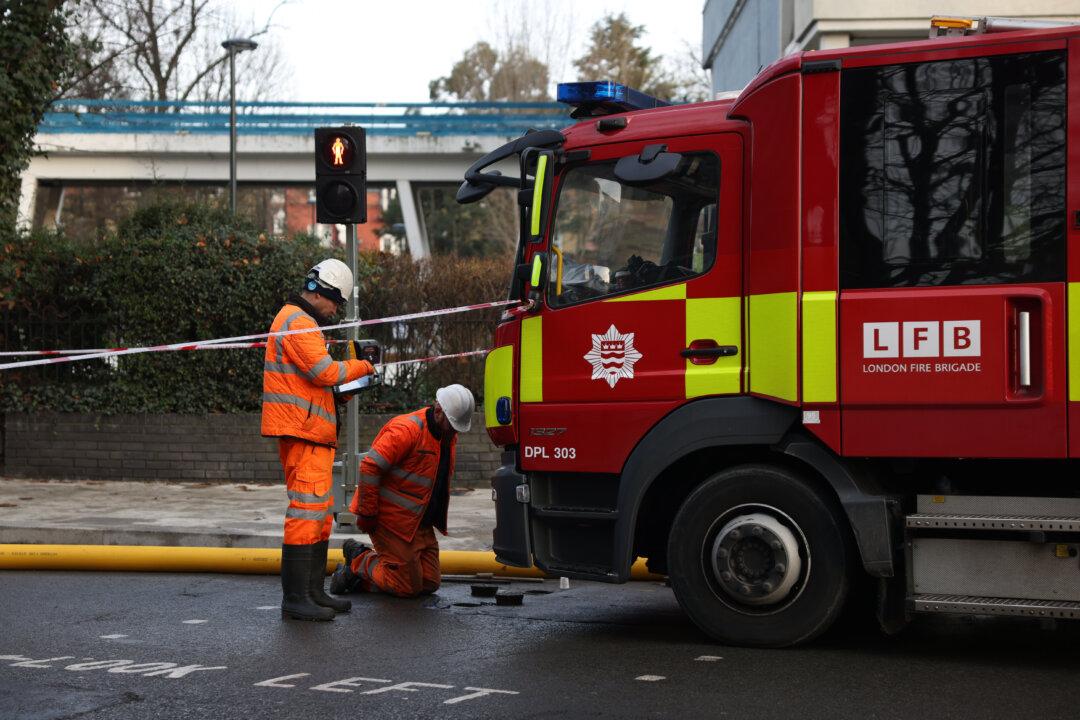The leader of Britain’s main opposition Labour Party said he is self-isolating for the third time after coming into contact with someone who later tested positive for the CCP virus.
Keir Starmer said on Monday he had been notified that he had to self-isolate as a result of the contact.





